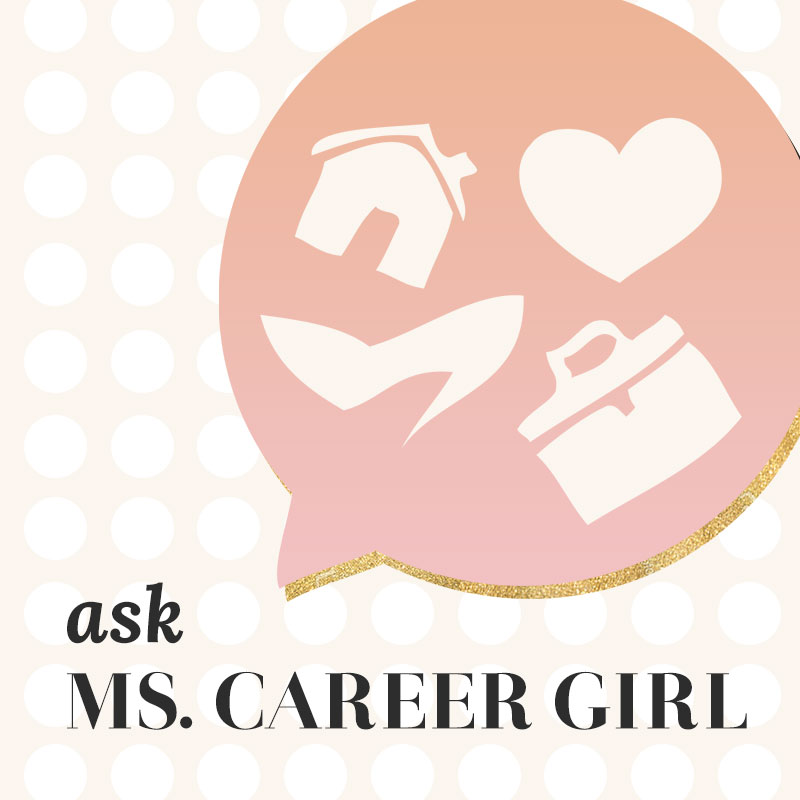The 5-step formula to answer tough questions at work

Of all the skills people need to succeed in their careers, there is one I’ve learned to be the single most important to leverage all the others: communication.
I lost count of how many people I’ve met that have achieved great things in their careers mainly because they know how to communicate well. This skill allowed them to tell great stories, share ideas in an engaging way, convince people to do what they wanted and manage conflict in an effective way.
Communicating is an art, and you need it in almost every important moment of your life. But the times you need it the most are when you are under pressure. It can be because you don´t have the information you were asked, or because the information you have is a negative one. In both situations, you will probably be nervous and more likely to lose confidence, which is why you need an effective strategy to adopt in these moments.
In the book “Great Answers to Tough Questions at Work”, the author Michael Dodd teaches us different strategies to answer those questions that make you lose sleep. One of them I found to be particularly helpful due to being easy to remember and implement: it´s called ABCDE:
1st step – Answer or Acknowledge the question
If you have the answer for the question, great! Go ahead and answer it. But if not, then you need a different strategy.
First thing to do it acknowledge that you can´t answer it and why. This will show transparency from your side and increase trust, while also taking the pressure a little out of your shoulders.
2nd step – crossing the Bridge to the positive
Next step is to move the conversation to a more positive content, using a tool the author calls “bridge”. Typical bridges are “what is really important is…” and “what everyone need to understand is…”. Even a simple “but…” can work, as long as you lead the discussion to the content that will make you look good.
3rd step – positive Content
After you crossed the bridge, it´s time to tell your story. Share your positive content: what you will do to address the issue and what results you will achieve. This is the time to show you are in control and know what needs to be done. It is good to plan in advance what is the key message you want to send and what you want to achieve with it. This way, you will know exactly what to say to help you get there.
4th and 5th step – Dangle an Example
Finally, the best way to end your answer is with a good story. Share an example of a similar situation where you managed to solve the problem, how you did it and what was the result. This will increase your audience´s confidence that you can do what you say and allows you to finish the conversation with a positive message.

The important thing to master this technique is to practice as much as possible, instead of using it only when the really tough questions show up at your door. Try using this formula in everyday situations to get the confidence you need, and when that tough question comes for real, you will be more than ready to answer it brilliantly.
.
Images via pixabay.


